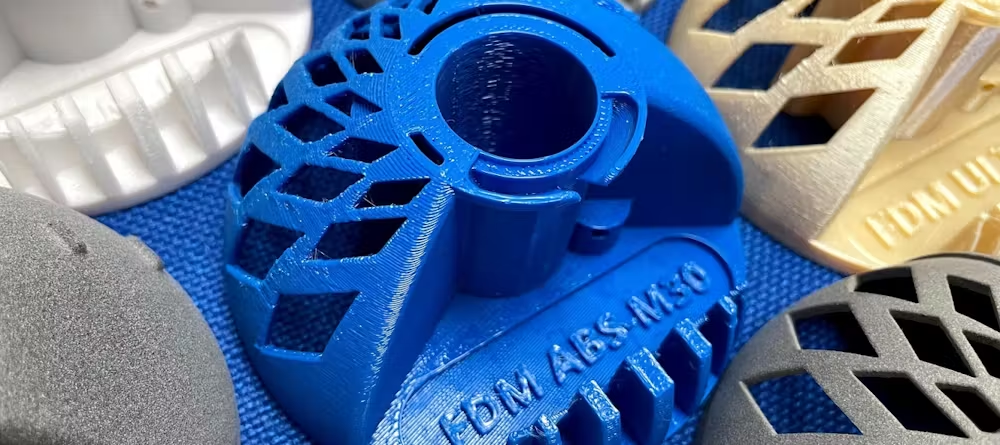When to use PLA?
· Medical implants intended to dissolve (Degrades over 6 – 24 months)
· Decomposable packaging material
· Disposable tableware

When to use PLA?
· Medical implants intended to dissolve (Degrades over 6 – 24 months)
· Decomposable packaging material
· Disposable tableware